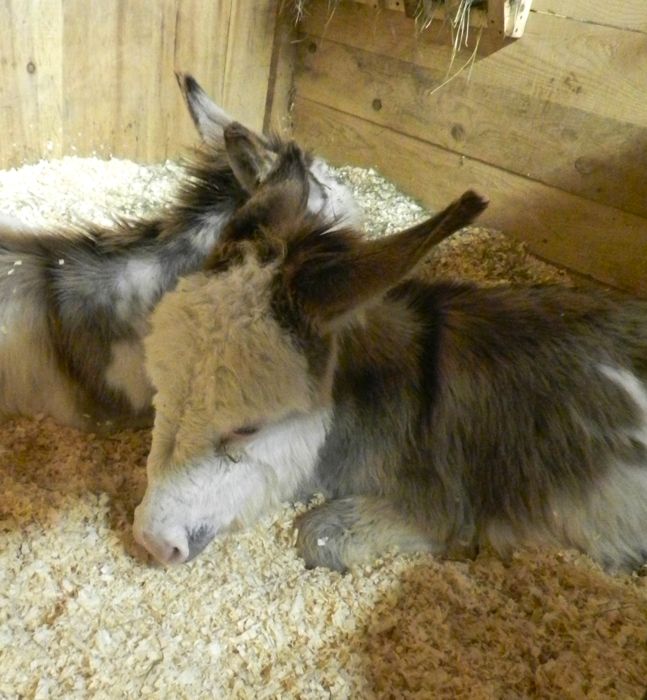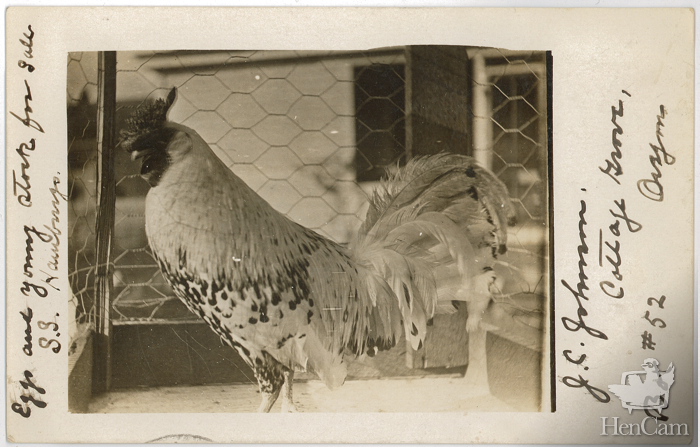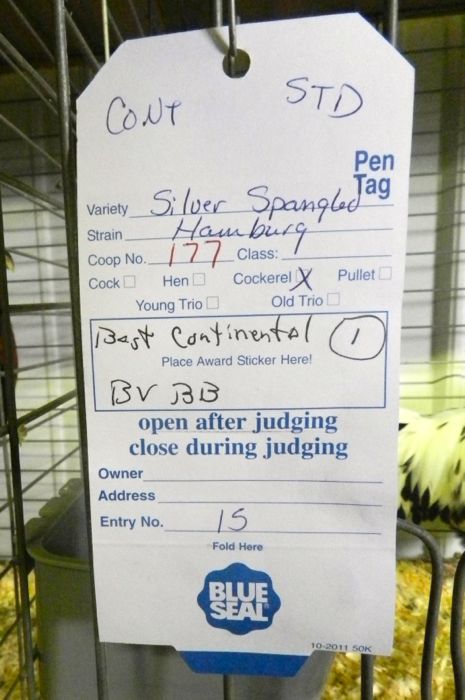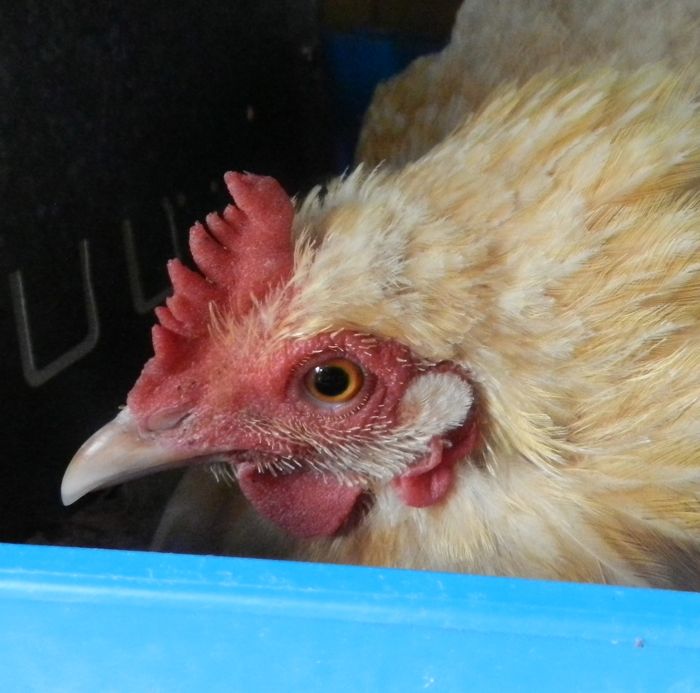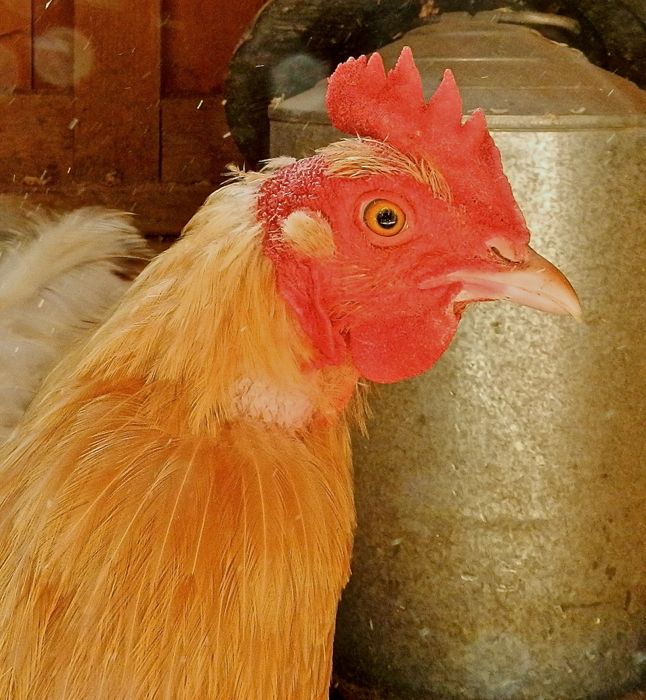Yesterday morning when I went to open up the Little Barn, I noticed that Buffy was on the bottom rung of the roost. This is not her usual place. She hopped off and joined the others outside, but I knew that something was amiss. Late in the afternoon I found her out in the run. She tried, but she couldn’t stand up. I checked her over and there was nothing obvious. Whenever I have a hen that is showing signs of something wrong, the first thing that I do is put her in a safe and comfy coop so that I can observe what she eats and what comes out. I have a little rabbit hutch in the pen for situations like these. Because the hen can still see the flock, and they her, there’s no separation distress and no pecking order issues when she returns to the group.
I put down fresh bedding and placed Buffy facing out, with her beak close to the feed and water dishes. She immediately started eating. She was bright-eyed. This was encouraging. I decided to leave her there for the night and see how things progressed. This morning I noted normal manure. Buffy looked fine – except that she still didn’t have the strength to stand up. It was time for a Spa Treatment.
Buffy settled right into her warm epsom salt bath.

She rather like the blow-dry, too.

I noticed two good signs. The first was that Buffy was free of lice. A hen that has been sick for awhile always has lice because she can’t dust bathe and groom. This told me that her leg weakness had only recently come on. I also noticed that she had a clean bottom with no signs of diarrhea. I was becoming more optimistic.
But, I also noted that Buffy was skinny and her crop was empty. Then, the final clue fell into place. Although Buffy looks lovely fluffed out after the blow-dry, I realized that she was molting as her larger feathers were in the process of emerging from their sheaths. She had not gone through a scruffy-naked phase, so I was surprised to see this. This is why it’s so important to observe your birds closely and handle them when something looks off. If I hadn’t bathed Buffy, I’d never have known that she was at the end of her molt.

Buffy is six and a half years old. She’s a very old hen. The molt is a hard drain on a hen’s body. The feathers are 85% protein, and in order to build them the hen has to extract protein from what she eats and from her skeletal system. A hen as old as Buffy is sure to have tumors on the intestinal tract and is thus is not digesting food efficiently. She also doesn’t have the strength to forage for bugs. The Gems, being young hens, eat all day long. The old hens spend their time napping. Buffy eats only enough to get by. Buffy needed a boost. Epsom salts do wonders in these situations. They are absorbed through the skin during the soaking bath, but I decided to dose her with them as well. I wanted to give Buffy a jolt of energy, too. So, I put 1 teaspoon of epsom salts into one ounce of V8 Berry juice (it’s what was in the pantry. A sport drink would also be a good choice.)
I held Buffy in my lap, and, using a small syringe, I opened her mouth and dropped some in.

I let her swallow.

Even chickens make faces when made to take medicine. I repeated this until I got about a half-ounce down her throat.
Finally done, I put Buffy back out in the hutch. I filled her bowl with laying hen pellets and hulled sunflower seeds. She set right to eating.
I don’t know if this will work, but I am confident that this treatment is what Buffy needs to recover. It might be that she’s too worn out. It might be that she has cancer or something equally serious. But, as I’ve said before, this hen has had more lives than a cat. Several times now I’ve thought she was a goner and she proved me wrong. For now she’s clean, she’s fed, and she’s loving her sanitarium, where the other hens can’t bother her and food and water is within easy reach.

I’ll be off-line for most of the weekend, so don’t worry if you don’t get an update until Monday!



